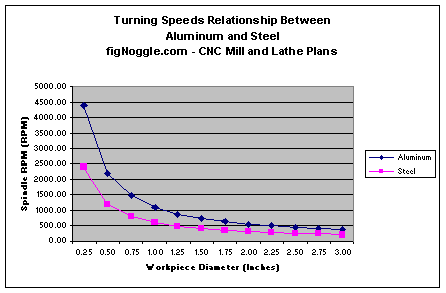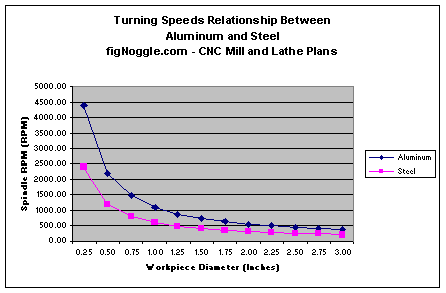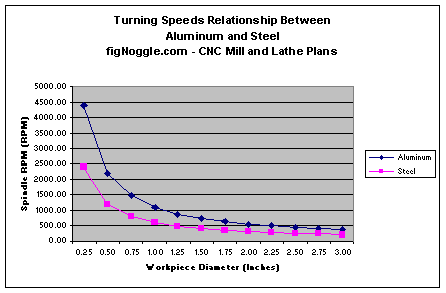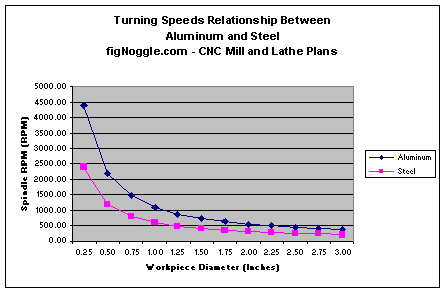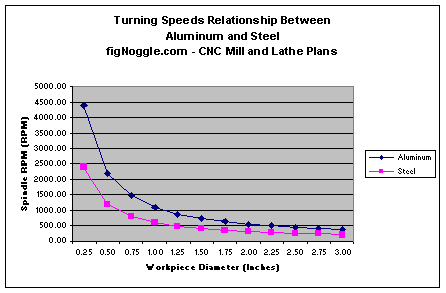- Joined
- Jan 15, 2013
- Messages
- 171
Guys,
I am trying to bore a 1.5 inch deep hole in 6061 aluminum of 1 inch OD using my 9x19 Grizzly G4000 lathe. Hole has to be quite precise to 0.708 inch (18 mm) diameter to mate a shaft. I am using 1/2 inch shank carbide tip boring bars I bought from Little Machine Shop. Lathe runs at 1000 RPM setting. The piece is held in my 6" 4 jaw chuck and 1000 rpm is the highest speed I am willing to run it. next speed setting available is 2000 rpm and I am too scared to try it.
I wasted three aluminum pieces till now. Each I got very poor finish. I have made sure that every thing - all gibs, tools and everything is tight. No play of any kind. The boring bar is quite thick and should not flex (I hope). I take very tiny cuts, never more than 0.002 inch at a time. I use plenty of WD40. The finish I get is terrible, almost like a sand paper to touch. The boring bar was never used before this and therefore new as shipped by LMS. It is set at precise axis height.
Where am I going wrong? What will get me better or smooth finish?
Thank you
Prasad
Eastern PA
as far as speed is concerned the 1000 is close, the chart shows 1200 for 1" aluminum.
turning the cutter up or down will move off of center, I had to sharpen the boring set that looks like yours as the cutters were not very sharp. on a 1" bore you may also need to relieve the steel portion of the botton of the cutter as well.
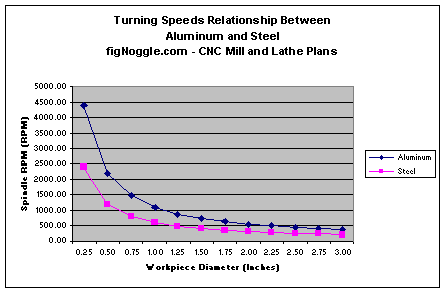
Art B
